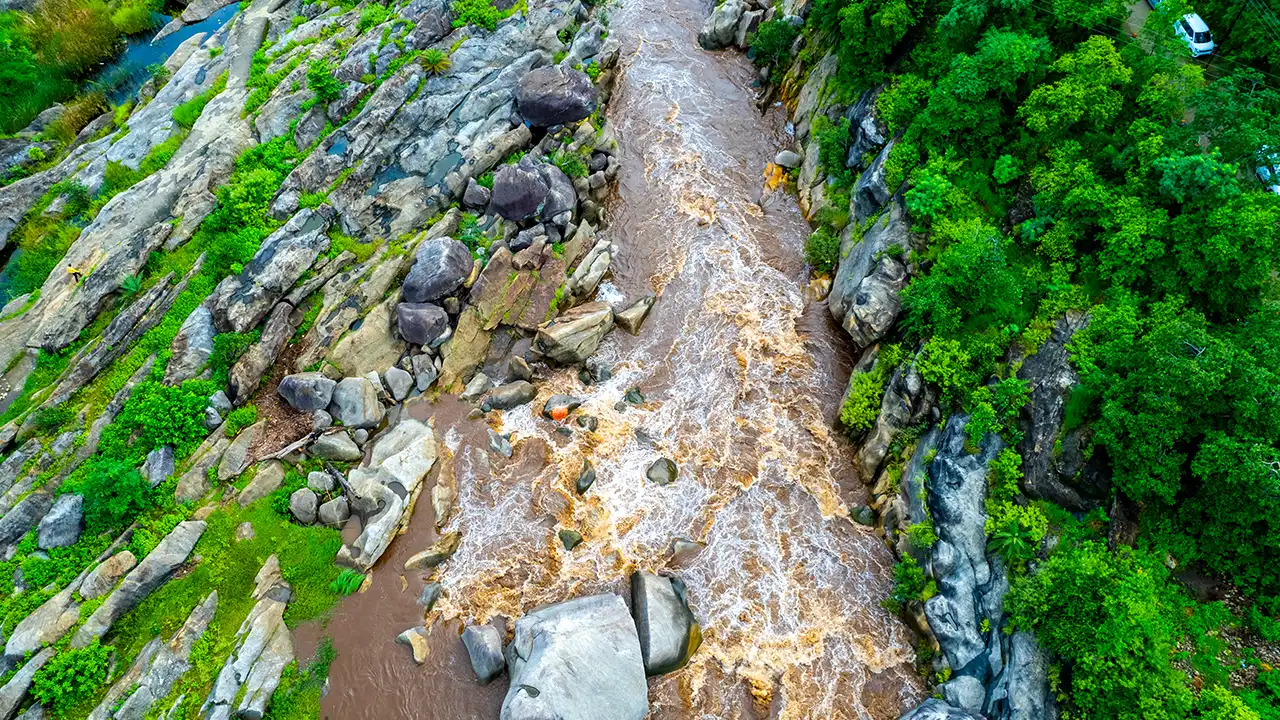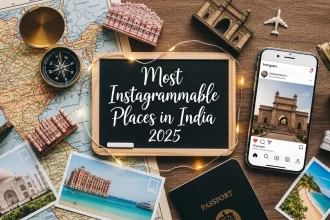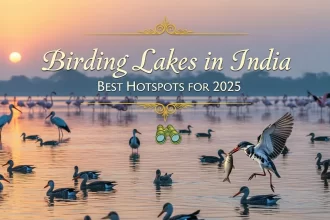Monsoons in India are beautiful with lush greenery, cool breezes, and the romantic smell of rain-soaked earth. But as much as the rainy season brings beauty, it also brings its some amount of dangers. Every year, due to heavy rains there are landslides, flash floods, road blockages, and travel chaos. For travelers planning a monsoon getaway in 2025, it’s crucial to know where not to go.
Here is a guide to the places in India to avoid during monsoon 2025 for your safety, comfort, and a stress-free travel experience.
1. Mawsynram and Cherrapunji, Meghalaya
These two communities are world-famous for having the most rain. While the dark clouds and waterfalls are aesthetically pleasing, the reality is very different during peak monsoon season. Roads are often put away, visibility lowers greatly, and local transportation becomes unstable. This region also experiences frequent flash floods and landslides. Try to avoid in the months of June to August. A little travel tip to you all, visit in post-monsoon or winter months for better accessibility and clearer views.
2. Darjeeling and Kalimpong, West Bengal
As much as we enjoy the tea plantations and crisp mountain air, Darjeeling and Kalimpong become dangerous during the rainy season. Landslides and closing of roads are common due to the mountainous terrain and constant rain. Many homestays and hostels remain locked or operate at a reduced capacity. Try to avoid from Mid-June to early September. A little travel tip, do opt for these regions in October for a scenic and safer experience.
3. Uttarakhand Hills – Including Kedarnath & Badrinath
The Char Dham Yatra attracts thousands of pilgrims, but the monsoon makes it a risky affair. Steep climbs, slippery trails, and the risk of cloudbursts and flash floods make these destinations less than ideal during the rainy season. The Kedarnath Valley has witnessed major tragedies in past monsoons. Try to avoid from Late June to early September. A little travel tip, plan your spiritual trip in late September or early October when the weather clears.
4. Mumbai, Maharashtra
While there is no denying Mumbai’s attraction, its monsoon problems are just as well-known. When it rains a lot, the city’s infrastructure is badly stressed, resulting in waterlogged roads, delayed flights, and even local trains stopping. Dadar, Kurla, and Sion are examples of low-lying areas that frequently submerge. Try to avoid, the peak monsoon months of July and August.
5. Assam and Brahmaputra Valley
Every year, the Brahmaputra River overflows, causing severe floods in Assam. Roads are submerged, villages cut off, and wildlife sanctuaries like Kaziranga get affected. While the beauty of the Northeast is incomparable, monsoon isn’t the time to explore it. Try to avoid from June to mid-September, and a small travel tip – visit in the month of october to experience the Northeast at its best.
6. Western Ghats – Especially in Kerala and Karnataka
Regions like Wayanad, Munnar, and Coorg face intense rainfall during the southwest monsoon. The picturesque backwaters and hilly tea plantations turn treacherous with slippery roads, overflowing rivers, and power outages. Landslides have also become increasingly common. Try to avoid from June to August, and a small travel tip – Visit during September or early winter for a more reliable and scenic trip.
Why This Matters?
While monsoons turn much of India into a lush, green paradise, nature’s fury is real and dangerous. Travel during monsoon 2025 should be planned with caution, especially in flood-prone or landslide-vulnerable areas. It’s not just about avoiding inconvenience—it’s about staying safe and making the most of your travels.
General Monsoon Travel Safety Tips
1. Check the IMD (India Meteorological Department) alerts before planning your trip.
2. Avoid night travel in hilly or remote regions during rain.
3. Carry waterproof bags, rain gear, and extra power banks.
4. Keep local emergency contact numbers handy.
5. Travel with flexible bookings in case plans need to be changed or canceled.
India offers breath-taking experiences all year round—but some of them are worth waiting for. By avoiding these monsoon danger zones, you save yourself the stress and risks, while still having time to enjoy them later in the year. Whether you’re a solo traveler, a family on vacation, or a backpacker chasing trails, travel safe and smart this rainy season.
Must Visit: Weather Warnings Dehradun & Kedarnath Trip Planning during Uttarakhand Monsoon







